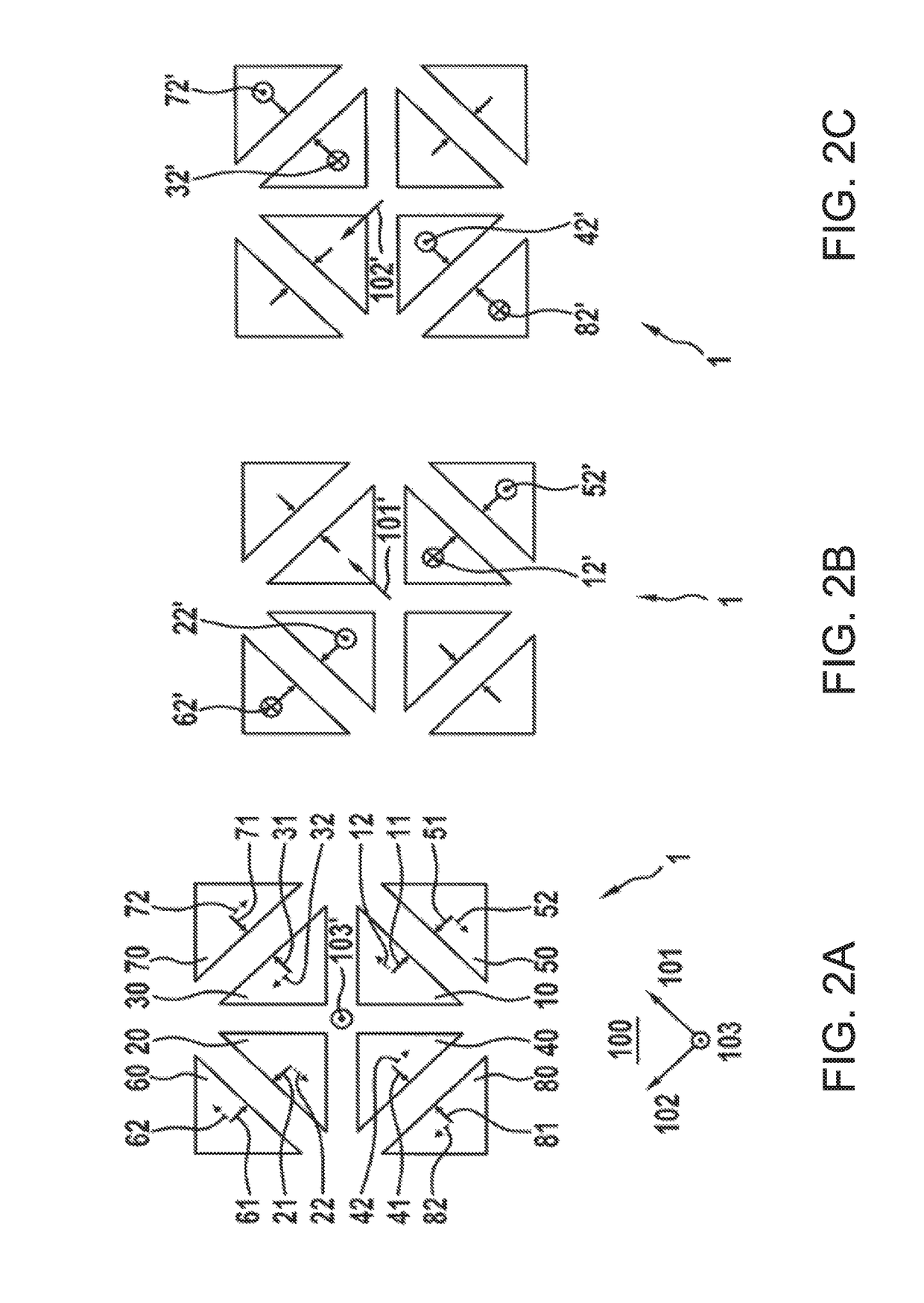Vibration-resistant rotation rate sensor
a technology of rotation rate sensor and vibration resistance, which is applied in the direction of speed measurement using gyroscopic effects, instruments, surveying and navigation, etc., can solve the problems of comparatively high sensitivity of known rotation rate sensors to external interference, and achieve the effect of improving vibration resistance and reliable operation of the rotation rate sensor
- Summary
- Abstract
- Description
- Claims
- Application Information
AI Technical Summary
Benefits of technology
Problems solved by technology
Method used
Image
Examples
Embodiment Construction
[0028]FIG. 1 shows a schematic view of a reference model. Represented here are the basic correlations of a relative movement of a seismic mass in the system of seismic masses (reference numeral 202) in a reference system (reference numeral 201), the movement of which is to be measured relative to an inertial system 200. The relative movement of a seismic mass with body-fixed system 202 (coordinates x2, yz, z2) in reference system 201 (coordinates x1, y1, z1) is represented, which, in turn, moves arbitrarily in inertial system 200 (coordinates x0, y0, z0).
[0029]The acceleration of the seismic mass is composed of a Coriolis acceleration, a linear acceleration, a rotational acceleration and a centrifugal acceleration. It was found that the linear acceleration component and the rotational acceleration component have a dominant influence on the respective measuring signal as compared to the centrifugal acceleration component. Advantageously according to the present invention, the compens...
PUM
 Login to View More
Login to View More Abstract
Description
Claims
Application Information
 Login to View More
Login to View More - R&D
- Intellectual Property
- Life Sciences
- Materials
- Tech Scout
- Unparalleled Data Quality
- Higher Quality Content
- 60% Fewer Hallucinations
Browse by: Latest US Patents, China's latest patents, Technical Efficacy Thesaurus, Application Domain, Technology Topic, Popular Technical Reports.
© 2025 PatSnap. All rights reserved.Legal|Privacy policy|Modern Slavery Act Transparency Statement|Sitemap|About US| Contact US: help@patsnap.com



